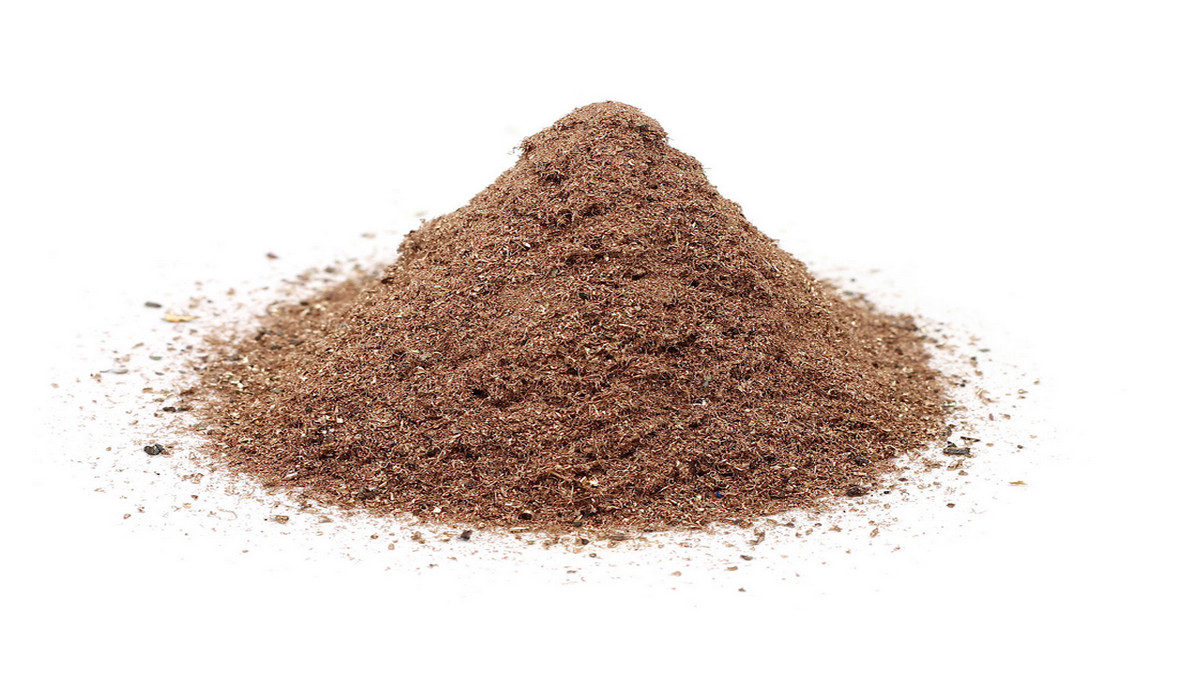Powder metallurgy uses metal powder as raw material, and forms it into a desired shape using a special processing technology. This processing technology is very similar to that used in the production of ceramics, so powder metallurgy techniques can also be used for the preparation and production of ceramic materials. This article will introduce the relevant technology of the powder metallurgy process in detail, and help the reader understand the advantages and disadvantages of the powder metallurgy process.
What Is Powder Metallurgy?
Powder metallurgy is a form of manufacturing that uses metal powder, and sometimes small amounts of non-metal powders, as raw materials to manufacture materials or products through mixing, forming, pressing, and sintering processes. It is a mass production method with little or no cutting, which can produce structural parts with complex shapes and high structural strength at a low cost. It is presently the main method used for the mass production of bearings and self-lubricating parts.
Powder metallurgy can ensure uniformity of production at low cost, with little need for subsequent mechanical processing. It can greatly save on the amount of metal needed for production, when compared to general melting and casting methods, further reducing the cost of the product. Some refractory metals and their compounds, oxide dispersion strengthened alloys, porous materials, ceramic materials, and cemented carbides can only be manufactured by powder metallurgy methods.
Advantages of the Powder Metallurgy Process
- Special materials can be processed.
Material powder metallurgy can manufacture refractory metals as well as compounds, pseudo-alloys, and porous materials.
- Saves metal and reduces costs.
Because powder metallurgy can be pressed to final size, no mechanical processing is required. The loss of metal produced by this method is only 1-5%, while general processing methods can consume as much as 80% of the metal.
- Preparation of high-purity materials.
The powder metallurgy process does not melt the material during the material production process, so it will not mix impurities brought by other substances. Sintering is carried out in a vacuum and a chemically reducing atmosphere so oxidation and will not contaminate the material. Therefore, product purity is relatively high.
- Correctness of material distribution.
The powder metallurgy method can ensure the correct composition and uniform proportioning of the material being used.
- Mass production reduces costs.
Powder metallurgy is suitable for the production of products with a large number of uniform shapes, such as gears and other products, greatly reducing production costs.
Disadvantages of the Powder Metallurgy Process
- The strength and toughness of powder metallurgy products are poor.
Due to the compaction formed by powder, the internal pores cannot be completely eliminated. Therefore, the strength and toughness of powder metallurgy products are worse than those of castings and forgings with corresponding components.
- Powder metallurgy cannot be made into large products.
Since the fluidity of metal powder is worse than that of molten metal, its shape and size will be limited to a certain extent. Generally, products cannot exceed a weight of 10 kg.
- The cost of compression molding is high.
Due to the high cost of stamping, it is only suitable for mass production.
Development of Powder Metallurgy Products
- High-quality structural parts.
Powder metallurgy is effective for the processing of iron-based alloys, which can be used to form large-volume precision products and high-quality structural parts.
- High-performance alloys.
Powder metallurgy can be used in the manufacturing of difficult to process, high-performance, alloy products with uniform dense microstructures.
- Mixed-phase special alloys.
Powder metallurgy uses an enhanced densification process to manufacture special alloys that generally contain mixed-phase compositions.
- Composite parts.
Unique processing methods can be used to manufacture composite parts, with unique forms or compositions, that cannot be manufactured with other methods.







.png)






